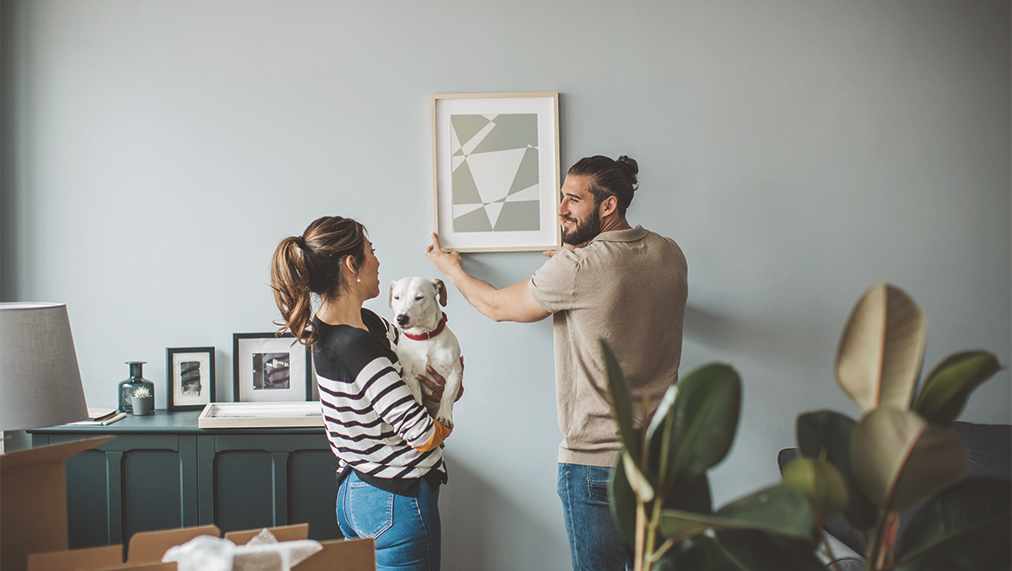
How to get the most from an FHSA
Introduced in 2023, the first home savings account (FHSA) has quickly become an essential tool for anyone buying a first home. Are you aware of its full potential?
September 24th 2025
Over the past 25 years, the average selling price of a residential property in Canada has quadrupled, while household disposable income has barely doubled. As a result, recent statistics show that it now takes twice as long to save for a down payment.
This is where the FHSA can make a difference.
What is it?
The FHSA is an account intended for the purchase of a first home. Starting at age 18, you can deposit up to $8,000 a year in an FHSA, to a maximum of $40,000. The account offers many advantages. For one thing, your contributions are tax deductible. For another, all investment returns within the account are tax sheltered. And finally, when used to purchase a qualifying home, your withdrawals will also be tax exempt.
With that in mind, here are some strategies for getting the most from this financial tool.
FHSA or HBP?
Given that the FHSA was only introduced two years ago, up until then many future buyers had been relying on their registered retirement savings plans (RRSP). Under the Home Buyer’s Plan (HBP), you can withdraw up to $60,000 from an RRSP to buy a qualifying home. You then have fifteen years to “repay” the RRSP.
If you were thinking of using this strategy, some simple arithmetic can demonstrate the potential of an approach that makes use of both accounts. Subject to their saving capacity, a couple could actually end up with over $200,000 to put towards a first home: $60,000 per spouse through the HBP and $40,000 per spouse – plus accumulated returns – from FHSAs.
Make contributions from an RRSP
Another component of a hybrid strategy involves maximizing your FHSA by making contributions from your RRSP. Such transfers are allowed within the limits of your FHSA contribution room, but there is one drawback: this kind of contribution is not tax deductible (it was already deducted as an RRSP contribution). Moreover, you aren’t adding any savings: you’re only moving money around. On the other hand, after the money is withdrawn to purchase a home, it will not have to be repaid to the RRSP, which would be mandatory under the HBP.
Use your refund wisely
If you want to build your down payment quickly, it might be wise to resist the temptation to spend the tax refund generated by your FHSA contribution. Instead, you could reinvest that money in the FHSA, or in a tax-free savings account (TFSA) as illustrated in the following graph. This would help you maximize the dual impact of tax deductions and tax-sheltered growth.
Postpone your deduction
Did you know that you don’t have to deduct your contributions in the same year that you make them? This feature could benefit anyone early in their career, when their income – and thus their tax rate – is increasing rapidly over the years. If they wait until they’re in a higher tax bracket before using the deduction, the associated refund will be higher as well. Keep in mind that you can start contributing to an FHSA at age 18, when income is usually lower than it will be within a few years’ time.
Carry forward with care
Postponing your deduction shouldn’t be confused with carrying forward your contribution room. While RRSP contribution room can be carried forward indefinitely, only the equivalent of one year of FHSA contributions, i.e., $8,000, can be carried forward. In practical terms, this means that if you contribute $8,000 in the first year and then nothing for the next two years, you won’t be able to make a “catch-up” contribution of 3 x $8,000 in the fourth year: you will be limited to your current-year maximum ($8,000) plus the maximum carry-forward of $8,000.
A tool for parents
Many parents would like to help their children buy a first home. The FHSA works well for this: if you are a parent, you can give your children money to help maximize their annual FHSA contributions (note that you cannot make contributions on behalf of your child). Your gift will not be taxable in their hands and, on top of that, their contributions will generate tax refunds for them.
No house? No problem.
If you put money into an FHSA but do not end up buying a qualifying home, you can simply transfer the FHSA balance into your RRSP, regardless of how much RRSP contribution room you have. This means that the FHSA can actually become a retirement savings tool.
Which investment vehicles?
Lastly, an FHSA can contain a wide variety of investments, ranging from guaranteed investment certificates (GIC) to mutual funds. Your choice could vary depending on your investment horizon and risk tolerance: if you are planning to buy a home in ten years, you might be willing to accept a certain amount of short-term volatility in return for higher potential returns. Conversely, the closer you are to buying, the more you might want to protect your assets with safer investments.
The FHSA can fit into many different scenarios. For recommendations that suit your situation, talk to your advisor.
The following sources were used to prepare this article:
Autorité des marchés financiers, “FHSA – Tax-Free First Home Savings Account.”
Desjardins, “Desjardins Affordability Index: Finding Shelter from the Trade War Storm”; “5 strategies to make the most of your FHSA.”
EducÉpargne, “Le CELIAPP en 10 questions.”
Get Smarter About Money, “How the First Home Savings Account (FHSA) works.”
Government of Canada, “First Home Savings Account (FHSA)”; “Transfers into your FHSAs”; “Investments in your FHSAs.”
Journal de Montréal, “Peut-on contribuer au CELIAPP de son conjoint ou de son enfant?.”
